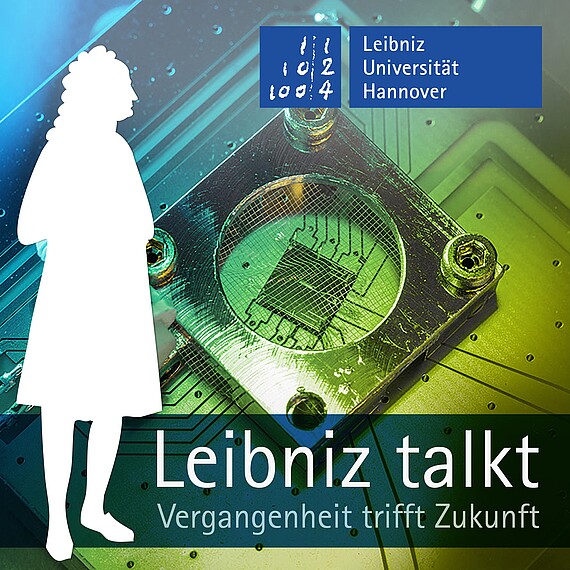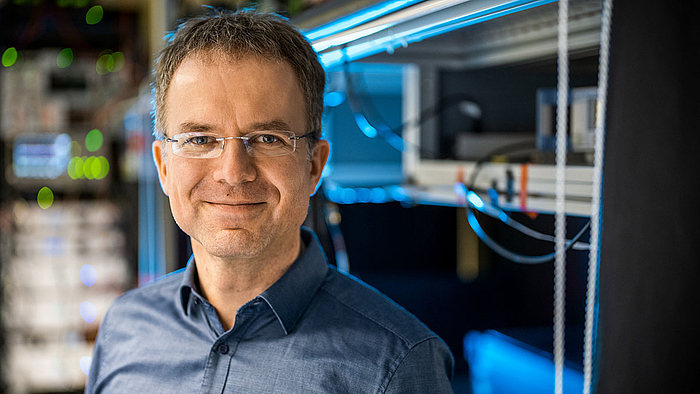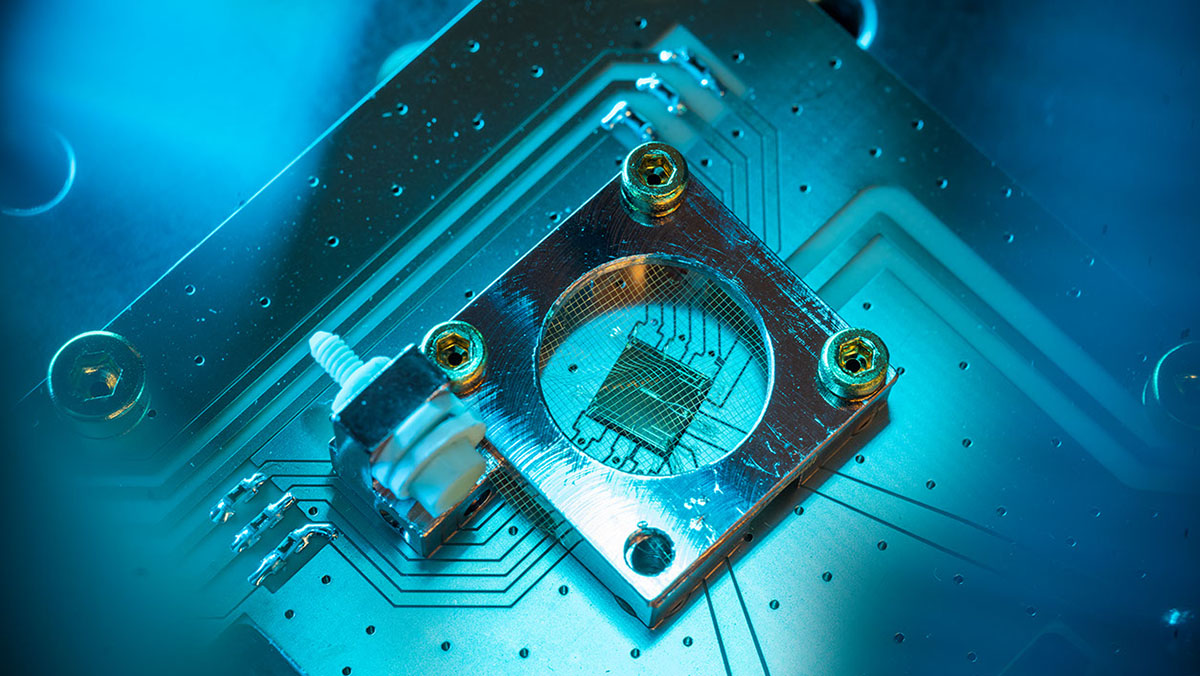Episode 1: From the Leibniz Calculating Machine to the Quantum Computer
Dr. Ariane Walsdorf of Communications and Marketing interviews Prof. Dr. Christian Ospelkaus of the Institute of Quantum Optics.



In his time, Gottfried Wilhelm Leibniz addressed the question of what holds the innermost part of the world together. He called these units “monads”, a kind of metaphysical atom. At the same time, Leibniz was always interested in the practical application of science. He used counting wheels to construct mechanical calculating machines that had calculation and storage units, invented the binary number system, and thus laid the foundation for today’s classical computer technology. Today we are at the threshold of another technological leap. In the fields of quantum physics and quantum mechanics, researchers are currently transforming findings from the last 100 years of theoretical physics into practical applications for the future.



Prof. Dr. Christian Ospelkaus conducts research and teaches at the Leibniz University Hannover Institute of Quantum Optics. In various research groups – e.g. Trapped-Ion Quantum Engineering – he designs and constructs calculation and storage units for quantum computers. “We have the calculation register, and we’re working on the staging area,” says Prof. Dr. Ospelkaus. This would most certainly have interested Leibniz, who developed the first mechanical calculating machine for all four basic arithmetic operations.
Kontakt
30167 Hannover













